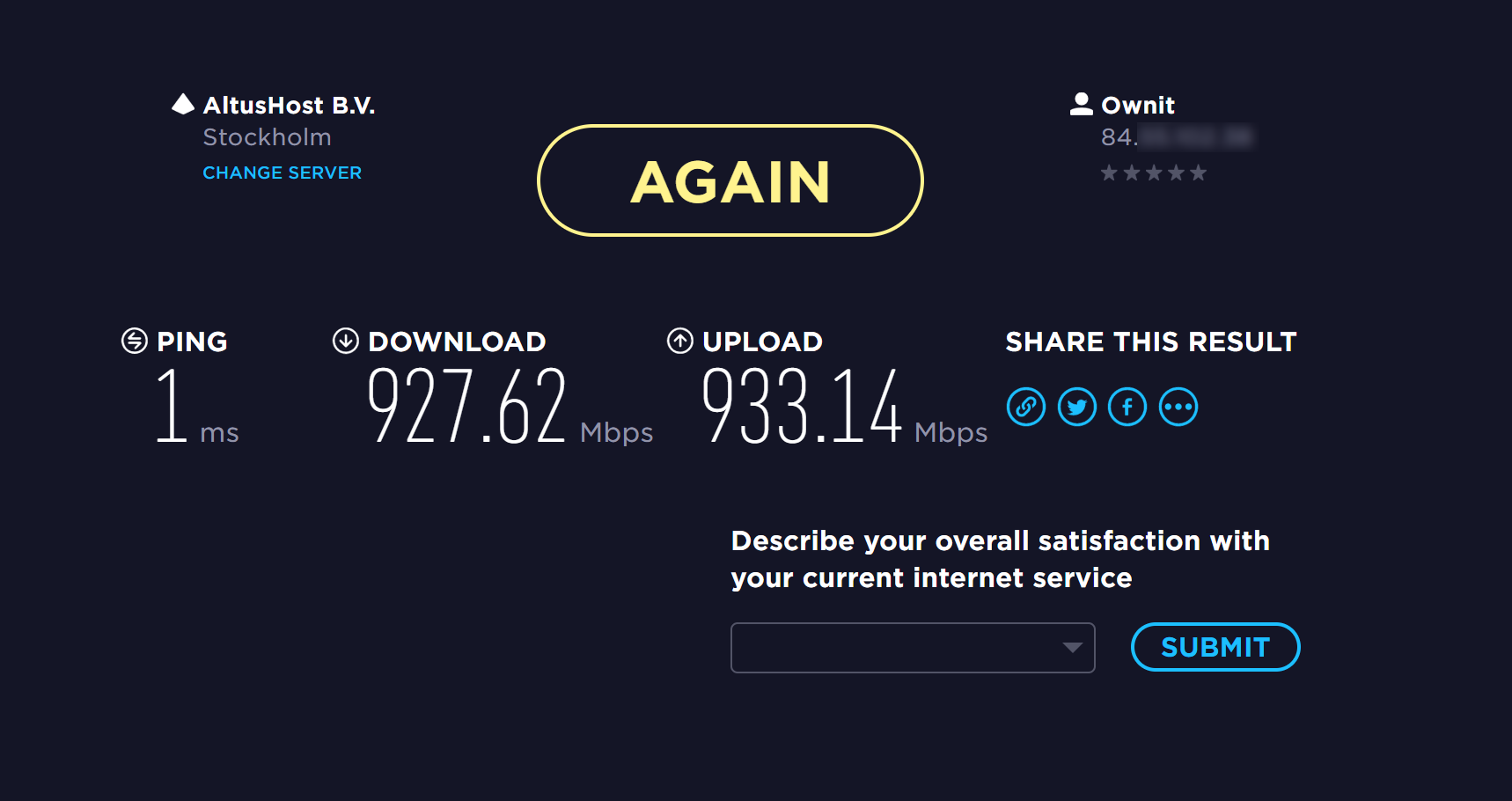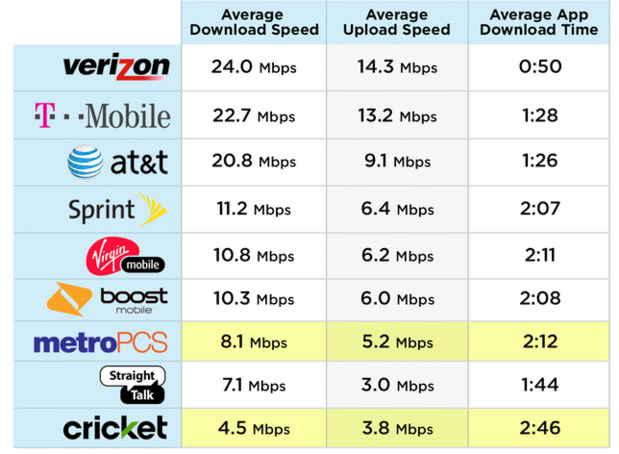

You're essentially "hotspotting" your home network via a modem-router that connects to one of Australia's three major 5G networks. On a fundamental level, 5G home internet works the same way as its 4G counterpart does. For that reason, 4G home wireless broadband isn't really something that's recommended for households of more than 2 people or those who need faster speeds. While a 4G home wireless broadband connection plan might start at a lower price point than an NBN one, it's rarely going to be faster and it's never going to be quite as reliable as what a physical cable can offer. While these networks are technically capable of reaching speeds of up to 100Mbps in the right conditions, most 4G home wireless plans have speed caps of 20Mbps.

The end result of this is a home internet connection with less wiring involved.Īs the name might suggest, 4G home wireless broadband relies on Australia's 4G mobile networks. That modem then shares the internet connection with the other devices in your home. This type of internet technology connects to the same mobile phone tower your phone would, except it does so via a modem-router. While it's a big step up from share your phone data by activating ‘hot spot’ mode, Home Wireless Broadband works in a very similar way. Home wireless broadband is effectively a fancy way of using mobile data in a more shareable way in your home. Even if those speeds are at 45Mbps, which may be the case during the busy nightly period, an NBN 50 connection couldn’t comfortably handle two concurrent 4K Netflix streams. If you try to do something online, either the quality of your video streams would suffer or the other online activities would be slower than usual.Īdditionally, that’s assuming that your provider can deliver 50Mbps download speeds. With two simultaneous 4K Netflix streams, you wouldn’t have any spare download bandwidth to do anything else. If you start streaming 4K Netflix movies to your TV, 25Mbps of your download bandwidth is gone, leaving a maximum of 25Mbps to be shared around. This has a maximum of 50Mbps download and 20Mbps upload available.

Let’s use the popular NBN 50 speed tier as an example. The amount of internet bandwidth available to your home is determined by the NBN speed tier, your provider – including their typical evening download speed (when using the ’net at night) – and the online tasks being performed in your home. Bandwidth is the amount of Mbps you have available to use.


 0 kommentar(er)
0 kommentar(er)
